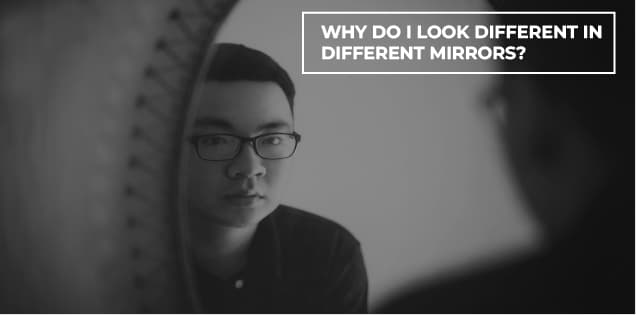When getting dressed in the morning, before going to bed at night, and several times during the day, we glance in the mirror to ensure that our hair and skin are in good shape. We constantly monitor our reflections in the mirror throughout the day. Looking at our reflections so much can make us question – “why do I look different in different mirrors?”
In this article, we’ll answer that.
So, let’s go!
Why Do Different Mirrors Make Me Look Different?
Here are some reasons why different mirrors make you look different:
Different Lighting
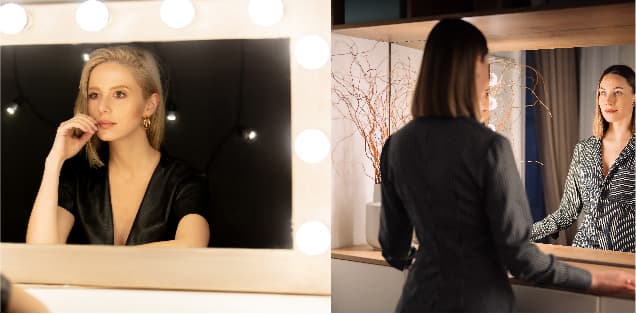
The angle at which the light hits a person’s face and body is a significant factor in the degree to which the lighting environment influences the appearance of that individual. However, since you may find mirrors in various locations, the reflections they produce might be utterly unique because of the lighting conditions in each spot.
Mirrors Have Different Types
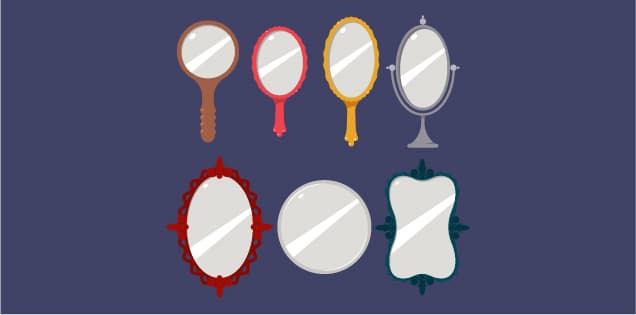
You can break mirrors down into two primary categories: antique and contemporary—mirrors with metal attached to the front and mirrors with metal attached to the rear. Due to the unique way each mirror reflects light, the pictures they produce may be quite different from one another. A plane mirror is the most common type of mirror. Convex mirrors or other cheap mirrors can also alter your reflection.
Different Refractive Bending of the Light
The many components that make up the mirror may cause the light to undergo less or more refractive bending, ultimately producing a distinct picture depending on which of those two outcomes occurs. For example, a different picture may appear as a consequence of the glass in the mirror being altered in any way, for example, by being replaced with a plastic or made thinner.
The Quality of the Glass
You may significantly alter the picture reflected in the mirror based on the qualities of the glass’s front and rear surfaces. Images may become distorted or blurry if captured on surfaces of poor quality.
The Glass Doesn’t Have Coating
Suppose the mirror’s glass does not have a coating to lessen the reflection on the front face. In that case, the picture produced may be different, and in rare instances, you can see a double image.
The Mirror is Old
The wear on the glass surface or the metallic section of older mirrors may cause them to reflect a variety of diverse pictures.
Mirrors at Clothing Stores are Different
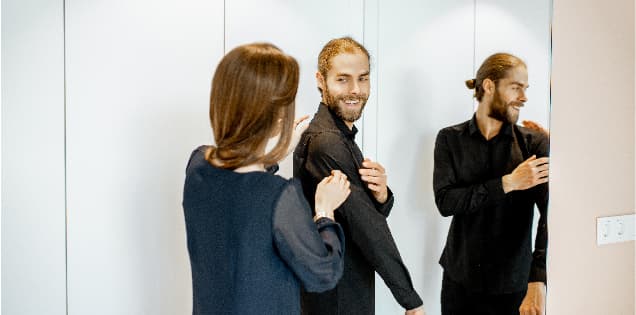
You can specifically craft the mirrors used in certain clothes shops to enhance a person’s appearance and make them seem better. For example, it is more probable that the customer will purchase clothing from the store if the mirrors provide a more favorable image of themselves.
The Surroundings Make a Difference
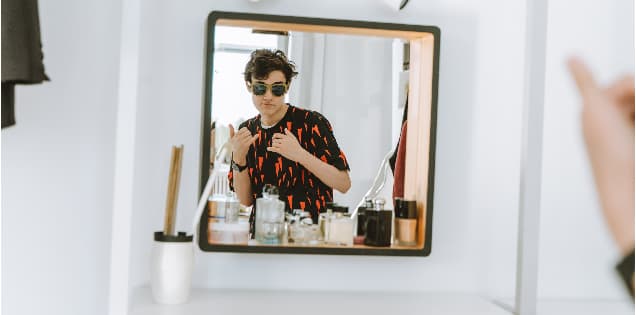
The surrounding environment may alter the light’s reflection, providing a different visual effect. For example, image outcomes might vary depending on factors such as the color of the walls and drapes and how light interacts with the surface areas.
The Density of Metal
There is a possibility that the picture might appear more clearly if the mirror had less iron. For example, the mirror’s iron can cause a very little bluish-green tint on the user’s skin.
The Size of the Room
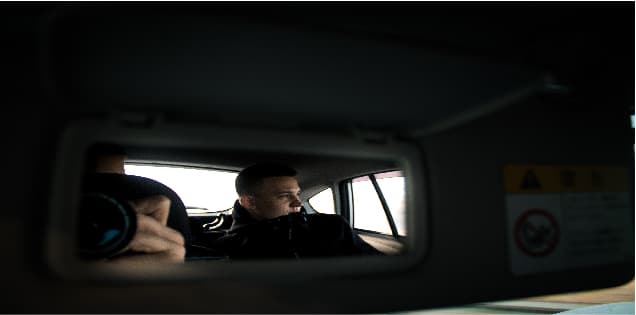
Due to how the light gets reflected, the dimensions of the space in which the mirror is present may produce a variety of distinct pictures. For example, even when using the same mirror in big and tiny rooms, the little room may provide a different picture than the large room.
The Size of the Mirror
The reflection that you see in the mirror may take on extremely distinctive forms depending on its dimensions. For example, mirrors in vehicles, for instance, may distort a person’s appearance in unexpected ways.
The Mirror is Bent
Most mirrors bend over time. However, since the bending might cause a change in the way light gets reflected, the picture produced as a consequence may be very unlike what you originally expected.
Are Mirrors Accurate to How Others See You?
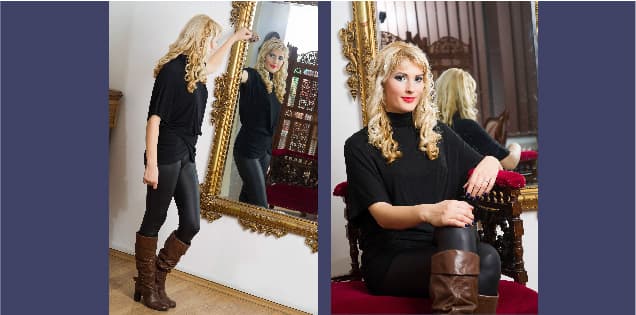
The reflection that we perceive in the mirror does not accurately portray our appearance. There are several reasons why we do not appear the same as our reflection in the mirror. These include an inverted picture, lighting, an asymmetrical face, instantaneous control, and limited details. Among these reasons is a reverse image. In the following paragraphs, we will go into more detail on these aspects.
Reverse Image
What others perceive of ourselves when we look in the mirror is not always an accurate reflection of our world. The image we see when we gaze into a mirror is a reflection of ourselves in the opposite form we see when we look out into the world. Since we examine our image in the mirror daily, we have been used to seeing ourselves in the mirror in the other direction.
When you have just glanced in the mirror, it is natural for you to be a little taken aback if other people comment on the change in your appearance after you have done so. After all, not everything that gets reflected in the mirror is an accurate representation of the world.
Lighting
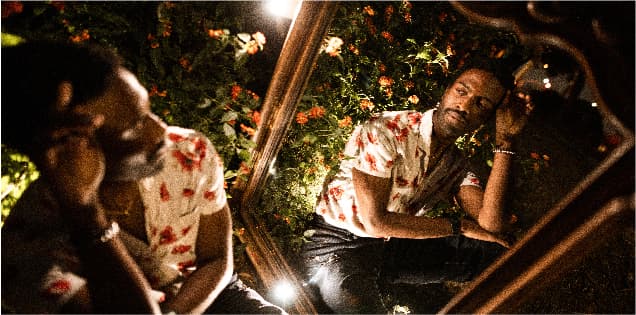
The lighting is another factor that contributes to the fact that we seem to be a completely different person in the mirror compared to how we appear. For example, when we gaze at ourselves in the mirror, our brains cannot detect any variations in the illumination between the two views.
Our brains instantly correct the unevenness and provide a depiction of our face that is somewhat consistent with what we are used to seeing. Lighting is important because it significantly impacts how our reflection seems to others.
Immediate Control
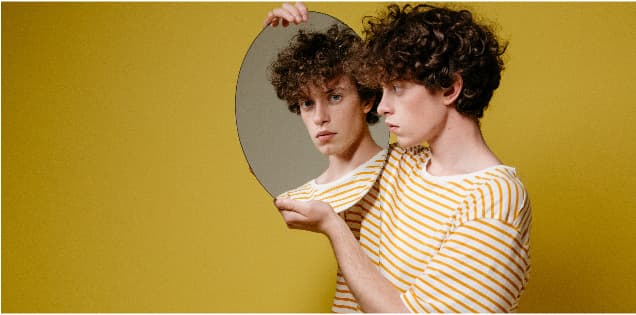
When we stare in the mirror, we can exert immediate and complete control over our reflection. So, for example, suppose there is anything about ourselves that we do not like. In that case, we can shift our gaze in a different direction or change the position of our face. We can also adjust our posture and facial expressions to seem more attractive.
When we look at ourselves in the mirror and smile, we subconsciously change our facial expressions to ensure that we have a pleasing appearance. On the other hand, when we smile at other people, we give up control over our outward looks. When you laugh, the skin on the sides of your eyes will wrinkle. However, when you laugh in front of a mirror, the skin on the sides of your eyes will not wrinkle.
Asymmetrical Face
A perfectly symmetrical face does not exist in the human population. So, for example, suppose you try turning certain features of your face upside down and then compare the results. In that case, you will notice a significant change and may not even recognize yourself.
Since we are so used to seeing ourselves in the mirror only from a limited number of perspectives, we often mistake one side of our face for being identical to the other. But, on the other hand, this in no way represents how we seem in real life.
Limited Details
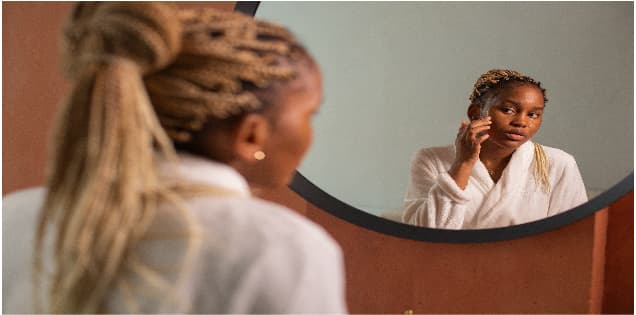
When we look in the mirror, we can only make out some aspects of our appearance. For example, when we look at ourselves in the mirror, our attention is often drawn to a specific feature, such as the eyes, the nose, or the lips. So we do not have a complete understanding of how we present ourselves.
When others look at you in real life, they take everything in at once and assess the full person, including your facial expressions and posture. Others do this even if you probably don’t pay much attention to those aspects of yourself.
Which Is More Accurate – Mirror or Photo?
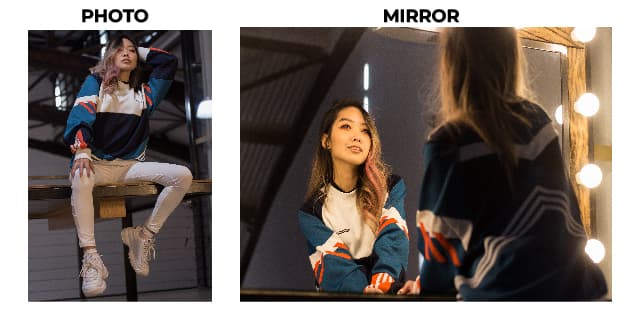
A mirror.
A mirror provides a more accurate reflection than a photograph since it is unaffected by the surrounding environment. It’s not that a picture is awful in and of itself. It’s simply that compared to the image you’re used to seeing in the mirror, it seems horrible.
It might increase the overall quality of your photographs if you pay closer attention to certain things. For instance, before taking your photo, you should get dressed up, strike a posture, and then smile for the camera. It is advisable to edit the images after you have taken them so that you do not risk ruining the shots.
You have undoubtedly glanced at yourself in the mirror and thought that you looked great, but when you take your photo, you don’t appear as wonderful as you did in the mirror.
The question is, what accounts for this difference and causes you to seem more attractive in mirrors than in photographs?
A Mirror Only Shows the Image Without Alteration
You won’t see yourself as other people do; instead, you’ll see yourself flipped upside down and right to left.
The reflection that gets created by the mirror is of a quality that is comparable to that of the actual world. For example, people’s impressions of you get captured in the picture generated on a photograph.
The quality of the camera, the lighting in the surroundings, and a variety of other elements may all impact the final photograph. Unfortunately, due to these circumstances, the quality of a photograph gets diminished sometimes, which is why you seem more attractive when you gaze in the mirror.
Our Brains Cause Optical Illusions
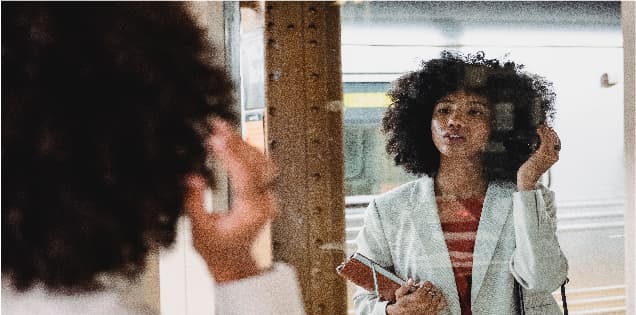
How often do you examine yourself in a mirror? Consider this in light of the number of photographs you take.
You suddenly become aware that the number of times you glance in a mirror exceeds the number of times you click images. For example, you stand in front of your mirror and do various things, like styling your hair, applying cosmetics, shaving, and brushing your teeth.
Your brain will eventually get fixed on the reflection of yourself in a mirror if you continue to stare at it. You may seem fine to other people, but the reflection in your mirror makes you feel far less attractive than you do to the outside world. On the other hand, seeing oneself in a picture causes your familiarity with yourself to get distorted, which in turn causes you to believe that you have an unattractive appearance.
Images Are Affected by Angles, Lenses, and Cameras
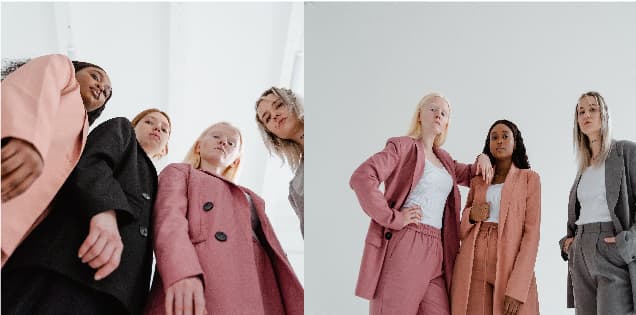
A photograph, for instance, can seem blurry when seen from certain angles due to the effect, which will make you appear less attractive. Natural or outdoor lighting can greatly affect your appearance.
In addition, the lens used in the camera or phone you use will affect the overall quality of the captured photograph. For example, the distance between the subject and the camera may cause a phenomenon known as camera lens distortion, which can alter how a person appears in a photograph.
For instance, it may cause some facial characteristics to be magnified or stretched out more than they are. Images also get affected by the camera flash.
Final Words – Why Do I Look Different in Different Mirrors?
This article on how and why our reflections vary from mirror to mirror is done. The mirror image we perceive in the mirror is not always accurate to our actual appearance, as we have discovered. Mirrors portray the real you better compared to photos. So, don’t worry about an awkward photo because that’s not how you look.
However, since our reflection in the mirror is reversed, seeing our likeness in a photograph might make us feel as if we’re staring at a stranger.
Read Also: What Color Is a Mirror?
